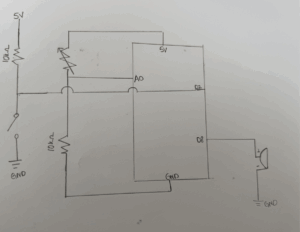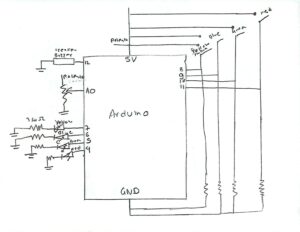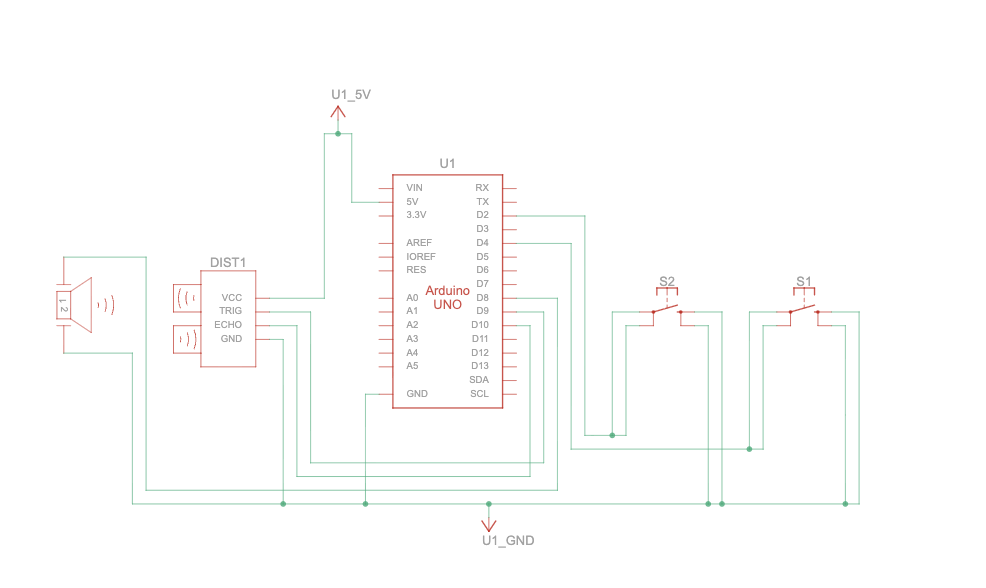Reading A Brief Rant on the Future of Interaction Design honestly made me think how much I take my hands for granted. The author talks about how our hands are designed to feel and manipulate things and it really clicked for me when he compared using a touchscreen to “pictures under glass.” That idea stuck with me because it perfectly captures what phones and tablets feel like: flat, smooth, and completely disconnected from the sense of touch. I never thought about it before, but it’s true , we don’t really “feel” anything when we use them. It’s weird to realize that the same hands that can tie shoelaces or shape clay are now mostly used to swipe on a flat screen.
The part that resonated most with me was his point that technology should adapt to us, not the other way around, especially when he says that technology can change but human nature cannot change as much. I see it all the time, people getting frustrated because a phone gesture doesn’t work or because an app “expects” you to use it a certain way. It’s like we’re the ones bending to fit the machine, instead of the machine fitting how we naturally act. Also , with older objects like books or physical instruments, there’s something really satisfying about physically turning a page or pressing real keys. You just feel connected to what you’re doing. With touchscreens, everything feels the same no matter what you’re interacting with.
One part I didn’t completely agree with was how strongly he dismissed “Pictures Under Glass.” I get his point, but I think those devices have opened up creativity in new ways, like drawing on an iPad or making music digitally. It’s not tactile in the same sense, but it’s still expressive.
The follow-up also made me think about how disconnected technology can make us sitting all day, barely moving, everything done with a single finger. I guess, I am a little scared of a future where we become immobile because there’s too much automation, and we don’t need to do much anymore. I guess we shouldn’t be losing touch entirely with the world around us (pun intended).




